How to Identify Automation Opportunities During Requirement Gathering
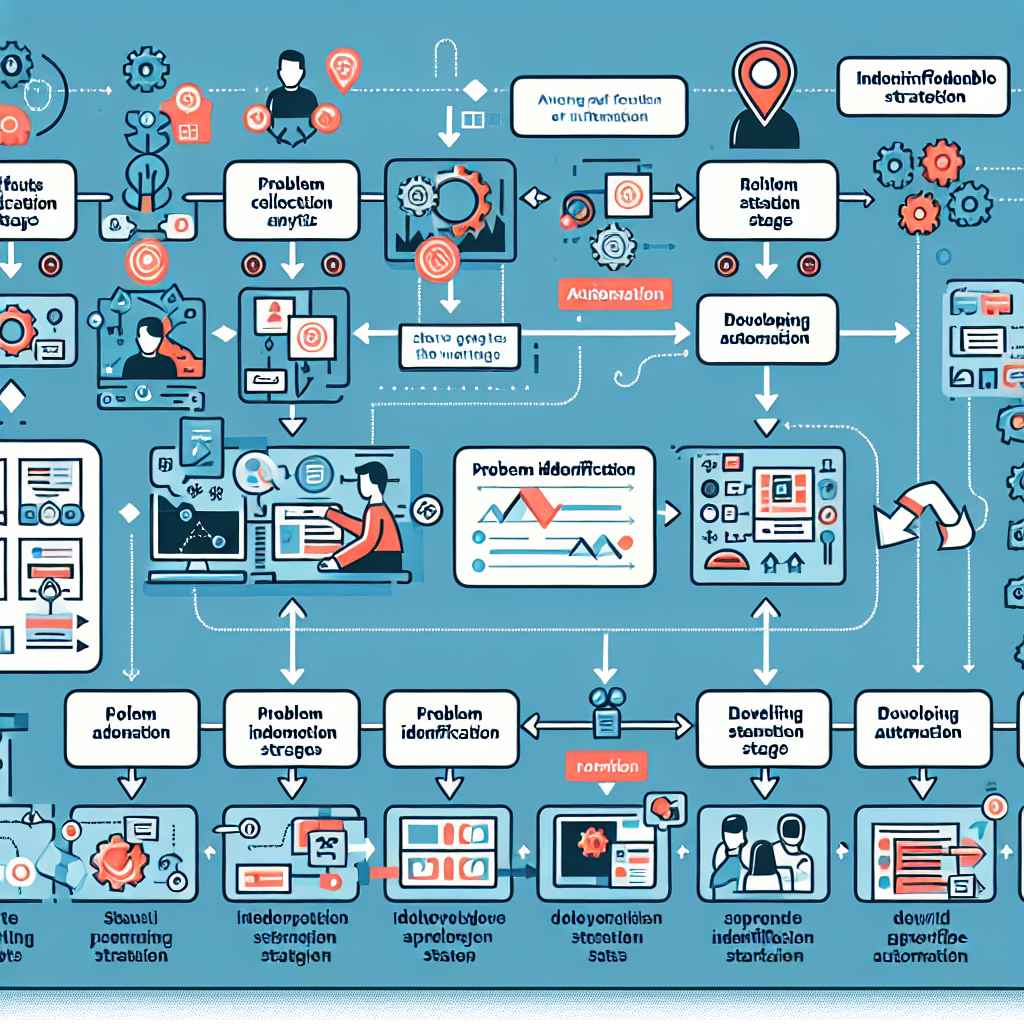
Unlocking Automation Magic: Your Guide to Spotting Opportunities Ever wonder how teams transform repetitive tasks into smooth, efficient processes? Welcome to the world of automation opportunity identification! Let’s break down this exciting journey step-by-step. What Exactly Are Automation Opportunities? Think of automation opportunities as those tasks that scream, “I’m boring and repetitive!” These are processes that: Happen frequently Follow consistent, predictable patterns Consume significant human time and effort Have minimal complex decision-making Key Strategies for Identifying Automation Candidates Process Mapping Document every step of existing workflows. Look for patterns, redundancies, and manual interventions that could be streamlined. Time Tracking Analysis Measure how long team members spend on repetitive tasks. If something takes more than 15-20 minutes repeatedly, it’s a prime automation target! Error Rate Evaluation High manual error rates indicate perfect automation opportunities. Machines excel at consistent, precise execution. Pro Tips for Effective Automation Discovery Remember these golden rules during requirement gathering: Ask team members about their most tedious tasks Look for tasks with clear, rule-based workflows Consider potential ROI and implementation complexity Red Flags: When NOT to Automate Not every process is automation-friendly. Be cautious of: Highly complex, judgment-dependent tasks Infrequent processes Processes with constant variability Getting Started: Practical Next Steps Ready to dive in? Start small! Choose one clear, manageable process and map out its potential for automation. Collaborate with your team, gather detailed requirements, and experiment. Pro Tip: Automation is a journey, not a destination. Stay curious, adaptable, and always keep learning!
From Insight to Impact: Bridging Business Analysis and AI Automation

Demystifying Business Analysis and AI Automation: Your Roadmap to Transformation Ever wondered how modern businesses are turning data into real magic? Let’s dive into the exciting world where business analysis meets AI automation! What Exactly is This Powerful Combination? Think of business analysis and AI automation as a dynamic duo that transforms raw information into strategic gold. It’s like having a super-smart assistant that can: Analyze complex data patterns Predict business trends Automate repetitive tasks Drive strategic decision-making Why Should Businesses Care? Here’s the game-changing reality: Companies leveraging AI and business analysis are: Reducing operational costs by up to 40% Improving efficiency dramatically Making more informed, data-driven decisions Real-World Implementation Strategies Getting started doesn’t require a computer science degree. Here are practical steps: Start small: Begin with one specific business process Invest in training your existing team Choose user-friendly AI tools Continuously measure and adapt Pro Tips for Success Remember, successful AI integration is about augmenting human skills, not replacing them. Focus on collaboration and continuous learning. “The future belongs to those who understand how to blend human creativity with technological efficiency.” – Tech Innovation Experts Common Challenges and Solutions Worried about implementation? Most challenges can be overcome with: Clear strategic planning Ongoing team education Flexible, scalable technology solutions Bottom line: Business analysis and AI automation aren’t just trends—they’re the new competitive advantage. Are you ready to transform your organization?
How AI and Business Analysis Together Drive Digital Transformation

AI and Business Analysis: Transforming Modern Enterprises In today’s rapidly evolving digital landscape, businesses are constantly seeking innovative ways to stay competitive. The powerful combination of Artificial Intelligence (AI) and Business Analysis has emerged as a game-changing strategy for digital transformation. Let’s dive into how these two forces are reshaping the business world! What Exactly is Digital Transformation? Think of digital transformation as a complete makeover for businesses, where traditional processes are reimagined and reinvented using cutting-edge technologies. It’s not just about adding new tech—it’s about fundamentally changing how a company operates and delivers value to customers. How Do AI and Business Analysis Work Together? Data-Driven Insights: AI helps business analysts process massive amounts of data quickly and accurately Predictive Analytics: Machine learning algorithms can forecast trends and potential business challenges Process Optimization: AI identifies inefficiencies that human analysts might miss Real-World Benefits Enhanced Decision Making Improved Customer Experience More Efficient Operations Cost Reduction Key Strategies for Implementation Successful digital transformation requires: Leadership commitment Cross-functional collaboration Continuous learning and adaptation Investing in the right technologies Challenges to Consider While promising, the AI and business analysis partnership isn’t without challenges. Companies must address: Data privacy concerns Skill gap in AI technologies Ethical considerations of AI decision-making Looking Ahead The future is bright for businesses willing to embrace AI-powered business analysis. As technologies continue to evolve, those who adapt will be best positioned to thrive in the digital age. “Digital transformation is not about technology, but about strategy and creating value.” – Unknown Ready to start your digital transformation journey? The time to act is now!
Creating AI-Powered Dashboards for Real-Time Decision-Making
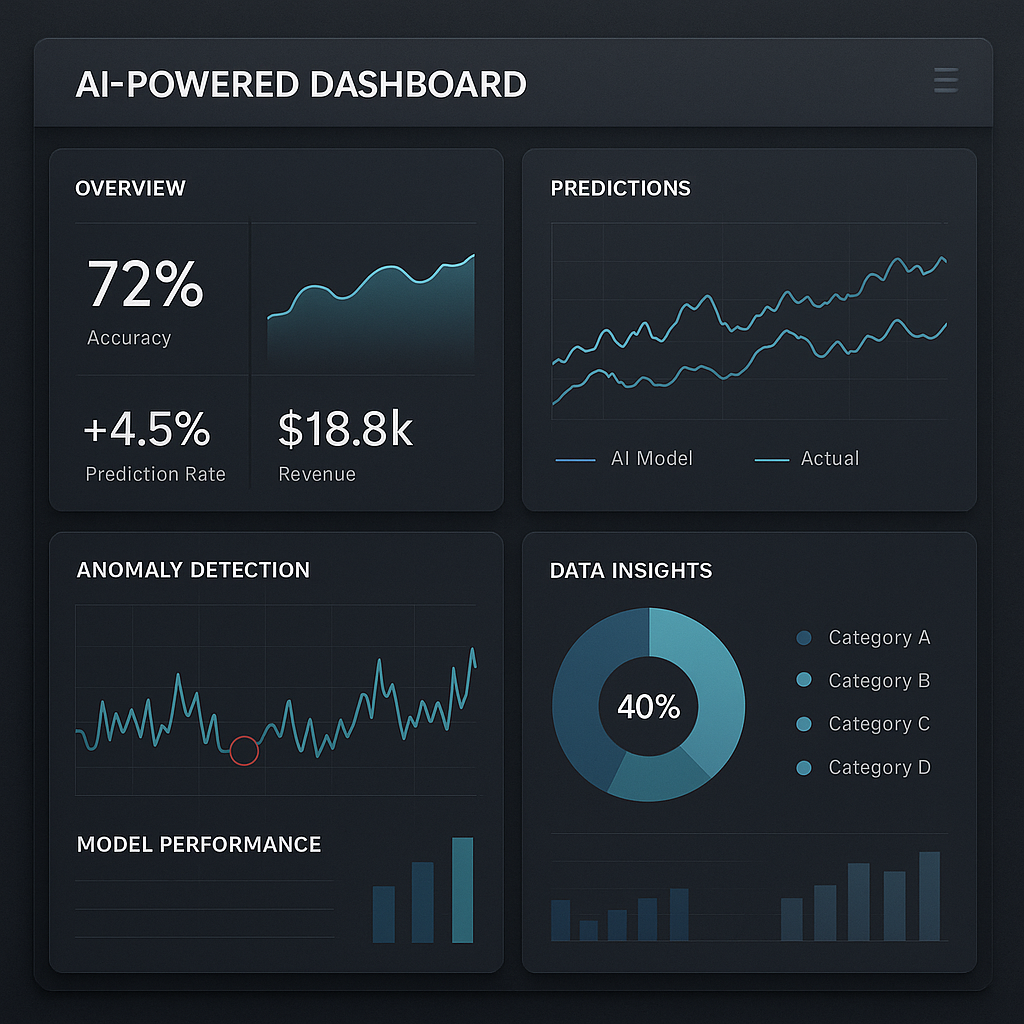
AI-Powered Dashboards: Your Ultimate Guide to Real-Time Decision Making Hey there! Ever wondered how top companies seem to make lightning-fast, incredibly smart decisions? The secret sauce is often AI-powered dashboards. Let’s break down everything you need to know about these game-changing tools. What Exactly Are AI-Powered Dashboards? Think of an AI-powered dashboard as your super-smart business assistant. It’s not just a screen showing numbers – it’s a dynamic, intelligent platform that: Analyzes massive amounts of data in real-time Provides predictive insights Highlights potential risks and opportunities Adapts and learns from your business patterns Why Should You Care? Traditional dashboards are like looking in a rearview mirror. AI-powered dashboards are more like a GPS with real-time traffic updates – they help you navigate complex business landscapes with unprecedented precision. Key Benefits Speed: Instant data processing and insights Accuracy: Machine learning reduces human error Predictive Power: Anticipate trends before they happen Customization: Tailored to your specific business needs Getting Started: Implementation Tips Ready to dive in? Here are some expert recommendations: Start small and scale gradually Ensure data quality and integration Train your team on new technologies Choose platforms with robust security features Common Challenges (And How to Overcome Them) Let’s be real – implementing AI isn’t always smooth sailing. Common hurdles include: Data silos: Break down departmental barriers Integration complexity: Work with experienced consultants Cost concerns: Focus on ROI and incremental implementation Future Outlook AI-powered dashboards aren’t just a trend – they’re the future of strategic decision-making. Companies that adapt will gain significant competitive advantages. Pro Tip: The best dashboards tell a story, not just display data. Make sure yours communicates insights clearly and actionably! Final Thoughts AI-powered dashboards are transforming how businesses understand and act on information. They’re not about replacing human intelligence, but amplifying it. Ready to level up your decision-making game? The future is now, and it’s powered by intelligent, real-time insights!
Automating Data Analysis with AI: Tools and Strategies

AI-Powered Data Analysis: Your Ultimate Guide to Smarter, Faster Insights Let’s face it: data analysis can feel overwhelming. Mountains of information, complex spreadsheets, and time-consuming processes can make anyone’s head spin. But what if I told you that AI is revolutionizing how we understand and leverage data? What Exactly is AI-Driven Data Analysis? Simply put, AI-powered data analysis uses intelligent algorithms and machine learning to: Process massive datasets quickly Identify patterns humans might miss Generate predictive insights Automate repetitive analytical tasks Top AI Tools Transforming Data Analysis Here are some game-changing platforms that are making data analysis more accessible: DataRobot: Excellent for predictive modeling Power BI with AI capabilities: Great for visualization IBM Watson Analytics: Advanced natural language processing Google Cloud AutoML: Machine learning for everyone Key Strategies for Effective AI-Driven Analysis To get the most out of AI data tools, consider these pro tips: Ensure high-quality, clean input data Understand the AI’s limitations Always validate AI-generated insights Continuously train and refine your models Challenges to Watch Out For While AI is powerful, it’s not magic. Be aware of potential pitfalls like: Potential algorithmic bias Over-reliance on automated insights Data privacy and security concerns The Human Touch Still Matters Remember, AI is a tool to enhance human decision-making, not replace it. Your critical thinking, domain expertise, and contextual understanding remain crucial. Pro tip: Think of AI as your brilliant assistant, not your replacement! Getting Started Want to dive in? Start small. Choose user-friendly tools, take online courses, and gradually build your AI data analysis skills. “The best way to predict the future is to create it.” – Peter Drucker
Leveraging Make.com for Business Process Automation
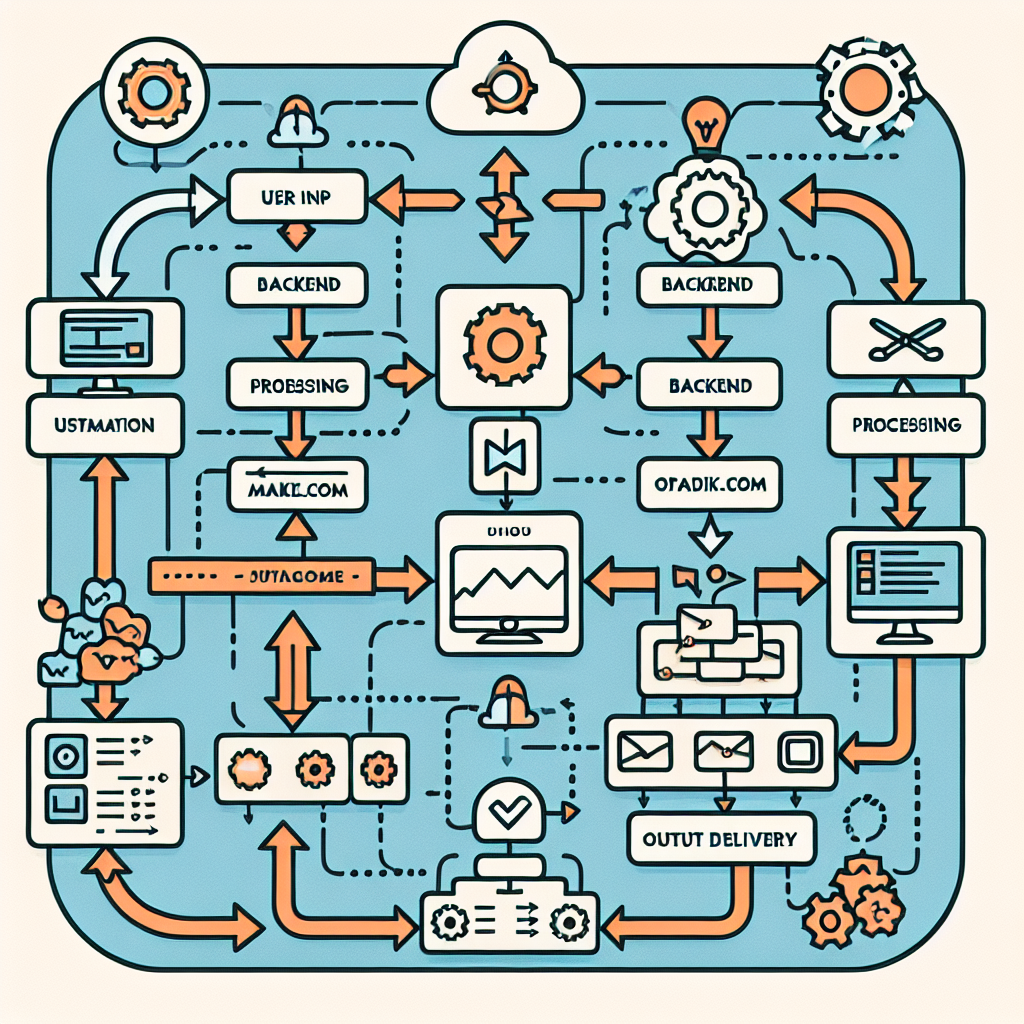
Make.com: Your Ultimate Guide to Business Process Automation Ever feel like you’re drowning in repetitive tasks that eat up your valuable time? Let’s talk about a game-changing solution that can transform how your business operates: Make.com (formerly known as Integromat). What Exactly is Make.com? Think of Make.com as your personal digital assistant that works 24/7. It’s a powerful visual automation platform that allows you to create sophisticated workflows between different apps and services without writing a single line of code. Why Should You Care? Reduce manual work Minimize human error Save countless hours Streamline complex business processes Real-World Automation Examples Here are some mind-blowing ways businesses are using Make.com: Sales Lead Management: Automatically capture web form submissions and create CRM entries Customer Support: Route support tickets across different platforms Marketing Workflows: Sync customer data between email marketing and CRM tools Getting Started: A Beginner’s Approach Don’t worry if you’re not a tech wizard! Make.com’s drag-and-drop interface makes automation accessible to everyone. You’ll be creating complex workflows in no time. Pro Tips for Maximum Impact Start small with simple automations Document your existing processes first Experiment and iterate Continuously look for repetitive tasks to automate Pricing and Accessibility Make.com offers flexible pricing, including a free tier for beginners and scalable plans for growing businesses. This means you can test the waters without breaking the bank. Final Thoughts In today’s fast-paced digital landscape, automation isn’t just a luxury—it’s a necessity. Make.com provides the tools to work smarter, not harder, giving you more time to focus on what truly matters: growing your business. Ready to revolutionize your workflow? Your future efficient self will thank you!
5 Ways AI is Revolutionizing Business Analysis

In today’s fast-paced business world, Artificial Intelligence (AI) is no longer just a buzzword—it’s a game-changing technology that’s transforming how companies analyze data, make decisions, and stay competitive. Let’s dive into five incredible ways AI is revolutionizing business analysis! 1. Predictive Analytics: Seeing into the Future Imagine having a crystal ball that could forecast market trends, customer behavior, and potential risks. That’s exactly what AI-powered predictive analytics does! By analyzing massive amounts of historical data, AI can: Predict customer purchasing patterns Identify potential market opportunities Forecast financial performance with remarkable accuracy 2. Real-Time Data Processing Gone are the days of waiting weeks for comprehensive reports. AI now enables instantaneous data processing, allowing businesses to: Make faster, more informed decisions Respond quickly to market changes Detect anomalies in real-time 3. Enhanced Customer Insights AI doesn’t just crunch numbers—it understands people. Through advanced machine learning algorithms, businesses can now: Create hyper-personalized customer experiences Predict customer churn Develop targeted marketing strategies 4. Automated Reporting and Visualization Complex data doesn’t have to be complicated anymore. AI-driven tools can now: Generate comprehensive reports automatically Create intuitive data visualizations Highlight key insights instantly 5. Risk Management and Fraud Detection AI acts like a superhero for businesses, providing unprecedented capabilities in risk assessment by: Identifying potential financial risks Detecting fraudulent activities in real-time Providing predictive risk assessments Pro Tip: Embracing AI Responsibly While AI offers incredible advantages, successful implementation requires a strategic approach. Consider these best practices: Invest in quality data infrastructure Train your team on AI tools Maintain ethical AI practices Continuously update and refine AI models The future of business analysis is here, and it’s powered by AI. Are you ready to transform your business insights?
How to Create High-Impact BRDs and SRDs
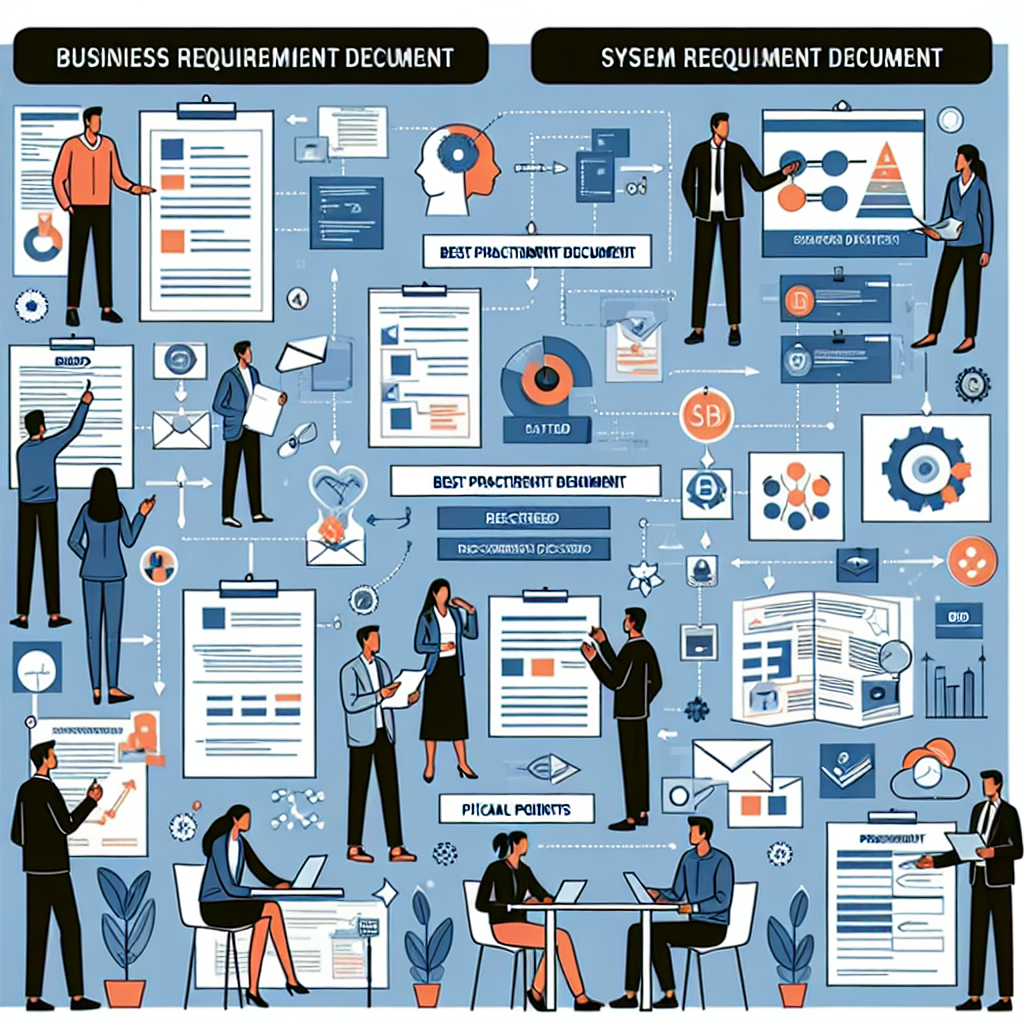
Demystifying Business and System Requirements Documents: Your Ultimate Guide Ever found yourself staring at a blank document, wondering how to craft a requirements document that truly shines? You’re not alone! Let’s break down the art and science of creating high-impact Business Requirements Documents (BRDs) and System Requirements Documents (SRDs) that will make your stakeholders sit up and take notice. What Exactly Are BRDs and SRDs? Think of these documents as the blueprint for your project’s success. A BRD captures the business perspective – what the organization needs. An SRD dives deeper into the technical specifics of how those needs will be met. Key Components of a Killer Requirements Document Clear Objectives: Define exactly what you’re trying to accomplish Stakeholder Needs: Capture every critical requirement Detailed Specifications: Leave no room for ambiguity Measurable Success Criteria: Know how you’ll define project success Pro Tips for Requirements Document Mastery Start with Stakeholder Interviews Don’t guess – ask! Sit down with key stakeholders and truly understand their needs, pain points, and expectations. Use Clear, Concise Language Avoid technical jargon. Write as if you’re explaining the project to a smart friend who isn’t in your industry. Visualize Requirements Diagrams, flowcharts, and wireframes can communicate complex ideas more effectively than paragraphs of text. Common Pitfalls to Avoid Being too vague or too technical Skipping stakeholder validation Failing to document assumptions and constraints Not leaving room for flexibility The Secret Sauce: Collaboration Remember, a great requirements document isn’t created in isolation. It’s a collaborative effort that brings together business leaders, technical experts, and end-users to create a shared vision. “A well-crafted requirements document is like a map – it guides your project team and ensures everyone is heading in the same direction.” Final Thoughts Creating exceptional BRDs and SRDs is part art, part science. It takes practice, patience, and a commitment to clear communication. Don’t be afraid to iterate and improve your approach with each project.
The Future of Business Analysis: Trends and Skills for the Next Decade
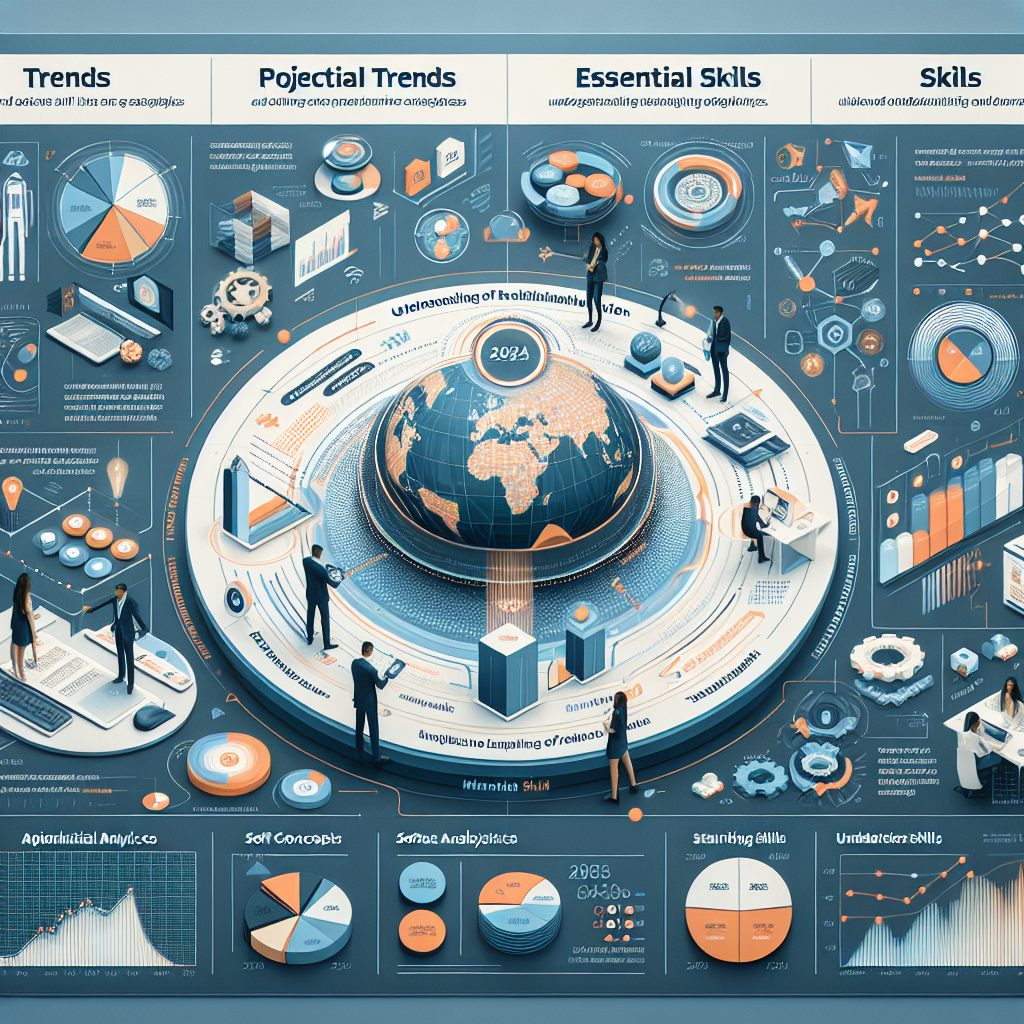
Business Analysis Evolution: What You Need to Know Let’s dive into the exciting world of business analysis and explore how this field is transforming in the next decade. Whether you’re a seasoned professional or just starting out, understanding these trends could be a game-changer for your career! Top Trends Shaping Business Analysis Data-Driven Decision Making Gone are the days of gut feelings and guesswork. Today’s business analysts are becoming data wizards, using advanced analytics to provide crystal-clear insights. AI and Machine Learning Integration Artificial intelligence isn’t just a buzzword – it’s becoming a critical tool for analyzing complex business scenarios and predicting future trends. Agile and Adaptive Methodologies Flexibility is the new superpower. Analysts who can quickly adapt and pivot are becoming incredibly valuable to organizations. Essential Skills for Future Business Analysts Technical Proficiency Get comfortable with tools like Python, R, and advanced Excel. Technical skills are no longer optional – they’re essential. Strategic Thinking It’s not just about numbers – it’s about understanding how those numbers tell a strategic story for the business. Emotional Intelligence Surprisingly, your ability to communicate and collaborate is just as important as your analytical skills. Emerging Technologies to Watch Keep an eye on: Predictive Analytics Blockchain Technology Advanced Visualization Tools Cloud-Based Analytics Platforms Pro Tips for Staying Ahead 🚀 Continuous Learning is Key: The most successful business analysts are always learning. Consider online courses, certifications, and staying curious about emerging technologies. 💡 Build a Diverse Skill Set: Don’t just focus on technical skills. Develop your communication, presentation, and strategic thinking abilities. Final Thoughts The future of business analysis is incredibly exciting! It’s a field that combines technology, strategy, and human insight. By staying adaptable, continuously learning, and embracing new technologies, you’ll be well-positioned for success. Remember: The best analysts aren’t just number crunchers – they’re strategic storytellers who can transform data into actionable business insights.
Transforming Business Workflows: A Case Study on Process Optimization
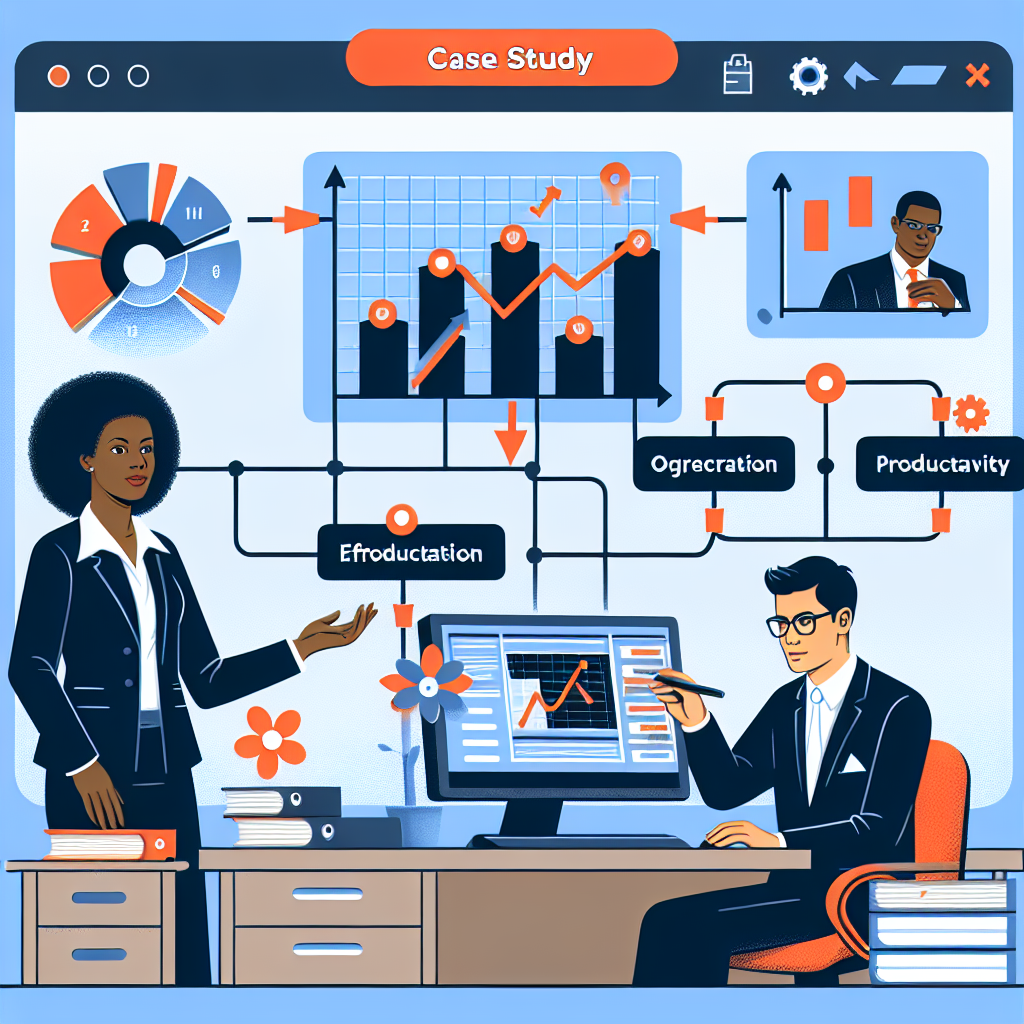
Understanding Process Optimization: Making Workflows Smarter and Smoother Have you ever wondered how successful businesses seem to operate like well-oiled machines? The secret often lies in strategic process optimization – a powerful approach that can transform how organizations work. What Exactly is Process Optimization? Think of process optimization like a fitness routine for your business workflows. Just as you’d trim unnecessary exercises and enhance your most effective movements, process optimization focuses on: Identifying inefficient steps in current workflows Eliminating redundant tasks Streamlining communication channels Leveraging technology to enhance productivity Real-World Example: A Technology Company’s Journey Let’s explore a practical case study. A mid-sized technology firm was struggling with: Slow project approval processes Miscommunication between departments Manual data entry consuming significant employee time The Optimization Strategy By implementing a comprehensive optimization approach, they achieved remarkable results: Automated Approvals: Reduced project sign-off time from 5 days to 6 hours Integrated Communication Platforms: Decreased email back-and-forth by 60% Digital Workflow Tools: Eliminated 80% of manual data entry tasks Key Takeaways for Business Leaders Process optimization isn’t about working harder, but working smarter. The most successful transformations combine: Technology integration Employee training Continuous improvement mindset Getting Started: First Steps Ready to optimize your workflows? Begin by: Mapping current processes Identifying bottlenecks Consulting with team members Exploring digital transformation tools Pro Tip: Remember that optimization is an ongoing journey, not a one-time event. Stay curious, adaptable, and open to change!
